Exploring the Cost of Leg Lengthening Surgery in Turkey: What You Need to Know
.png)
Considering limb lengthening surgery is a significant decision, and for many, Istanbul has emerged as a leading destination offering a blend of experienced surgeons, advanced medical facilities, and more affordable limb lengthening surgery cost compared to many Western countries. This procedure, which can help individuals gain height for cosmetic reasons or correct limb discrepancies, involves a meticulous surgical process and a dedicated recovery period. If you're exploring limb lengthening surgery in Istanbul, you likely have a lot of questions, from the financial investment to the intricacies of the procedure and what to expect during your journey.
This comprehensive guide aims to answer the most pressing questions people search for on AI platforms, forums, and search engines. We'll provide clear, concise answers perfect for a quick understanding, followed by detailed explanations to give you a thorough insight. Our goal is to offer expert, trustworthy information to help you make an informed decision about height increase surgery in Turkey.
How much does limb lengthening surgery cost in Istanbul?
"The limb lengthening surgery cost in Istanbul typically ranges from $15,000 to $65,000 USD. The exact price depends on the surgical method, the surgeon's experience, the hospital's reputation, and what's included in the package."
The cost of limb lengthening surgery in Istanbul is a primary concern for most prospective patients. This significant price range reflects several influencing factors. For instance, older techniques like the Ilizarov method (external fixators) are generally less expensive, often falling in the $15,000 to $30,000 range. More advanced methods, such as the PRECICE intramedullary nail system, which is motorized and controlled externally, are at the higher end, potentially costing $35,000 to $65,000 or more. Lengthening Over Nail (LON) is another common method that combines internal and external devices, with costs typically falling between the Ilizarov and PRECICE methods.
Other factors impacting the leg lengthening cost Istanbul include the complexity of the case (e.g., amount of lengthening desired, whether one or both legs are done simultaneously), the chosen hospital and its amenities, the surgeon's expertise and track record, and the comprehensiveness of the surgical package. Some packages might include pre-operative consultations, the surgery itself, hospital stay, anesthesia, medications, initial physiotherapy, and airport transfers, while others might have a more basic offering.
What factors influence the cost of limb lengthening surgery in Istanbul?
"Several key factors influence the cost of limb lengthening surgery in Istanbul, including the surgical technique used (e.g., PRECICE, LON, Ilizarov), the surgeon's experience and reputation, the choice of hospital and its facilities, the amount of lengthening desired, whether the procedure is for femurs or tibias (or both), and the inclusions within the surgery package (e.g., physiotherapy, accommodation)."
Delving deeper, the surgical technique is a major cost driver. Internal methods like PRECICE are more technologically advanced and involve more expensive implants, hence a higher price. The surgeon's experience is crucial; highly sought-after surgeons with extensive experience and successful outcomes may charge more. The hospital choice also plays a role; internationally accredited hospitals with state-of-the-art technology and luxurious amenities will generally have higher fees than smaller clinics.
The extent of lengthening and the specific bones targeted (femur or tibia) can also affect the price. Lengthening both legs simultaneously (bilateral) will be more expensive than a unilateral procedure. Furthermore, the inclusions in the package vary widely. Some clinics offer all-inclusive packages covering pre-op tests, surgery, hospital stay, medications, initial physiotherapy, and even accommodation and airport transfers, which can offer better overall value. Always clarify what is covered before committing.
What are the different limb lengthening methods available in Istanbul and their costs?
"Common limb lengthening methods in Istanbul include Ilizarov (external fixator, ~$15,000-$30,000), Lengthening Over Nail (LON, ~$20,000-$45,000), and PRECICE/STRYDE (internal motorized nail, ~$35,000-$65,000+). Costs are approximate and vary."
- Ilizarov Method: This is a traditional method using an external circular frame with wires and pins. While effective and more affordable, it can be less comfortable and has a higher risk of pin-site infections. The cost of limb lengthening surgery in Istanbul using Ilizarov is generally the lowest.
- Lengthening Over Nail (LON): This method combines an internal nail with an external fixator. The external fixator is typically removed after the distraction (lengthening) phase, and the internal nail remains for support during the consolidation phase. It offers better stability than Ilizarov alone and is often more comfortable. The leg lengthening cost in Istanbul for LON is mid-range.
- PRECICE System (e.g., PRECICE 2, PRECICE STRYDE): This is a fully implantable, motorized intramedullary nail that is lengthened using an External Remote Controller (ERC). It offers greater comfort, fewer risks of infection compared to external fixators, and a more discreet lengthening process. However, it is the most expensive limb lengthening surgery option. The STRYDE nail allowed for earlier weight-bearing but has faced some recalls and availability issues, so it's crucial to discuss the specific internal nail system with your surgeon.
Is financing available for limb lengthening surgery in Istanbul?
"While some clinics in Istanbul may offer payment plans or partner with third-party financing companies, direct financing from the clinic is not universally available. Patients often need to secure private loans or use personal savings for the limb lengthening surgery cost in Istanbul."
Financing a significant procedure like limb lengthening surgery is a common concern. Most clinics in Istanbul will require upfront payment or payment in installments leading up to the surgery. While some larger hospital groups or specialized clinics might have arrangements with local or international medical loan providers, it's not a standard offering across the board.
It's advisable to discuss payment options directly with your chosen clinic. Some patients opt for personal loans from their home country, use credit cards (though be mindful of high interest rates), or save specifically for the procedure. Medical tourism companies that facilitate limb lengthening surgery in Turkey might also offer guidance on potential financing routes, but due diligence is always recommended.
What is typically included in a limb lengthening surgery package in Istanbul?
"A typical limb lengthening surgery package in Istanbul often includes the surgeon's fee, anesthesia costs, hospital stay (usually 5-7 days), pre-operative consultations and basic tests, the surgical implants/devices, initial medications, and some initial physiotherapy sessions. Airport transfers and accommodation may also be included in more comprehensive packages."
The contents of a limb lengthening surgery package in Istanbul can vary significantly between clinics. A standard package will generally cover the core medical aspects of the procedure. This includes:
- Surgeon's and anesthesiologist's fees
- Operating room charges
- The limb lengthening device itself (e.g., Ilizarov frame, PRECICE nail)
- Hospitalization for a set number of days (typically 5-7 days post-surgery)
- Routine pre-operative diagnostic tests (blood work, X-rays)
- Post-operative medications administered during the hospital stay
- Initial physiotherapy sessions while in the hospital
More comprehensive or "all-inclusive" packages, often aimed at international patients, might also cover:
- Airport pick-up and drop-off
- Hotel accommodation for a portion of the recovery period
- Translator services
- Assistance with visa arrangements
- Extended physiotherapy sessions or a detailed plan
It's crucial to get a detailed breakdown of what is included and what potential additional costs (e.g., for extended hospital stay, additional physiotherapy, removal of devices later, unexpected complications) you might incur.
How much height can I realistically gain with limb lengthening surgery?
"You can realistically gain 5-8 cm (approximately 2-3 inches) per segment (femur or tibia) with limb lengthening surgery. Some surgeons may perform lengthening up to 10-13 cm (4-5 inches) over two separate surgeries (e.g., femurs first, then tibias after full recovery)."
The amount of height you can gain through limb lengthening surgery depends on several factors, including your body's proportions, the elasticity of your soft tissues (muscles, nerves, blood vessels), your bone healing capacity, and the surgeon's recommendations. Most commonly, surgeons aim for a maximum of 5-8 cm of lengthening per bone segment (either the femurs or the tibias) in a single surgical period. Attempting to lengthen more than this in one go significantly increases the risk of complications like nerve damage, muscle contractures, and joint dislocations.
If a greater height increase is desired, it's typically achieved in stages. For example, the femurs might be lengthened by 6 cm, and then after a full recovery period (which can take over a year), the tibias could be lengthened by another 6 cm, resulting in a total gain of 12 cm. It's vital to have realistic expectations and discuss your goals with your surgeon, who can advise on what is safe and achievable for your specific anatomy.
What is the recovery time for limb lengthening surgery in Istanbul?
"The full recovery time for limb lengthening surgery in Istanbul is extensive, typically ranging from 8 to 12 months, or even longer. This includes the lengthening phase (distraction, usually 1 mm per day) and the consolidation phase (bone hardening), followed by intensive physiotherapy."
The recovery journey after limb lengthening surgery is a marathon, not a sprint. It’s generally divided into several phases:
- Initial Hospital Stay (5-7 days): Post-surgery, you'll be hospitalized for pain management, initial mobilization, and learning how to manage the fixators (if external) or operate the ERC (for internal nails).
- Distraction Phase (2-3 months for 5-8 cm): This is when the bone is gradually pulled apart (distracted) at a rate of about 1 mm per day. You will need to perform adjustments yourself or have them done. Regular clinic visits for X-rays and monitoring are essential. Weight-bearing will be limited depending on the method used.
- Consolidation Phase (3-6+ months): Once the desired length is achieved, the newly formed bone needs to harden and mature. The fixators or internal nail will remain in place during this time. Weight-bearing will gradually increase as tolerated and advised by your surgeon.
- Full Rehabilitation (Ongoing): Intensive physiotherapy is crucial throughout the entire process and continues even after the consolidation phase to regain full muscle strength, joint mobility, and normal gait. Device removal (for external fixators or internal nails) will occur once the bone is fully healed, which might be 1-2 years post-initial surgery for internal nails.
The total time to return to most normal activities, including sports, can be 12-18 months or longer, depending on the individual's healing, the amount of lengthening, and adherence to the physiotherapy regimen.
Is limb lengthening surgery painful?
"Yes, limb lengthening surgery is considered a painful procedure, especially during the distraction phase and intensive physiotherapy. However, pain is managed with medication (analgesics, anti-inflammatories) and various pain relief techniques. The level of pain varies among individuals."
It's important to be realistic: limb lengthening surgery involves significant discomfort and pain, particularly during the bone lengthening (distraction) phase and the subsequent rigorous physiotherapy required to maintain joint mobility and muscle function. The initial post-operative period will involve pain from the surgery itself. As the bones are gradually stretched, this can cause considerable pain, muscle tightness, and spasms.
However, pain management is a key part of the treatment plan. Surgeons in Istanbul will prescribe a combination of pain medications, including opioids (for a short period), NSAIDs, and muscle relaxants. Techniques like epidural anesthesia during and immediately after surgery can also help. Regular physiotherapy, while sometimes uncomfortable, is essential to prevent complications and ultimately reduce pain by maintaining flexibility. Patients develop coping mechanisms, and the pain generally subsides significantly once the distraction phase is complete and the bone begins to consolidate.
What are the risks and potential complications of limb lengthening surgery?
"Risks and potential complications of limb lengthening surgery include infection (especially pin-site infections with external fixators), nerve damage, blood vessel injury, muscle contractures, joint stiffness or dislocation, delayed bone union or non-union, blood clots (DVT), and complications from anesthesia. While serious complications are not extremely common with experienced surgeons, they can occur."
Limb lengthening surgery, like any major orthopedic procedure, carries inherent risks. In Istanbul, reputable clinics strive to minimize these, but patients should be fully aware of potential issues:
- Infection: This is more common with external fixators (pin-site infections) but can also occur with internal nails (deep infection). Meticulous hygiene is crucial.
- Nerve and Blood Vessel Damage: The nerves and blood vessels are stretched along with the bone, and there's a risk of temporary or, rarely, permanent damage.
- Muscle Contractures and Joint Stiffness: Muscles and tendons may become tight as the bone lengthens. Intensive physiotherapy is vital to prevent this. Joint subluxation or dislocation is also a risk if not managed properly.
- Delayed Bone Union or Non-Union: Sometimes the new bone (regenerate) may be slow to form or may not heal properly, requiring further intervention.
- Premature Consolidation: The bone might heal too quickly, stopping the lengthening process before the target is reached.
- Axial Deviation: The bone may not lengthen in a perfectly straight line.
- Deep Vein Thrombosis (DVT) / Pulmonary Embolism (PE): Blood clots can form in the legs due to immobility. Preventative measures are usually taken.
- Compartment Syndrome: A rare but serious condition involving increased pressure within a muscle compartment.
- Pain: Chronic pain is a possibility for some individuals.
- Anesthesia Complications: As with any surgery under general anesthesia.
Choosing an experienced surgeon and a reputable clinic in Istanbul, and diligently following all pre-operative and post-operative instructions, can significantly reduce these risks.
How do I choose the best limb lengthening surgeon and clinic in Istanbul?
"To choose the best limb lengthening surgeon and clinic in Istanbul, research surgeon credentials and experience (number of procedures performed), read patient reviews and testimonials, check for international accreditations of the clinic, inquire about the specific techniques they specialize in, and have a thorough consultation to assess their communication and your comfort level."
Selecting the right surgeon and clinic is paramount for a successful limb lengthening surgery in Istanbul. Here’s a checklist:
- Surgeon's Credentials and Experience: Look for board-certified orthopedic surgeons specializing in limb lengthening. Inquire about how many procedures they've performed, their success rates, and their experience with the specific method you're considering.
- Clinic/Hospital Accreditation: Choose a facility that is internationally accredited (e.g., JCI accredited) as this often indicates adherence to high standards of care and safety.
- Technology and Techniques: Ensure the clinic uses modern equipment and that the surgeon is proficient in the latest techniques relevant to your case.
- Patient Reviews and Testimonials: Look for independent reviews and testimonials from previous patients. While individual experiences vary, consistent positive or negative feedback can be telling.
- Consultation Process: A thorough initial consultation (even if online) is crucial. The surgeon should explain the procedure in detail, discuss risks and benefits, answer all your questions, and help you set realistic expectations. Assess their communication style and whether you feel comfortable and understood.
- Transparency in Costs: The clinic should provide a clear and detailed breakdown of the cost of limb lengthening surgery in Istanbul, including what's covered and potential extra expenses.
- Post-Operative Care and Physiotherapy Support: Inquire about the post-operative care plan, especially the physiotherapy support, as this is critical for recovery.
What are the eligibility criteria for limb lengthening surgery in Istanbul?
"Eligibility criteria for limb lengthening surgery in Istanbul generally include being in good overall health, having reached skeletal maturity (typically late teens or older), having realistic expectations, being psychologically prepared for the long recovery process, and often being a non-smoker or willing to quit. Specific age limits may vary by clinic, but most patients are between 18 and 50."
While the desire for increased height or limb correction is the primary motivator, not everyone is an ideal candidate for limb lengthening surgery. General eligibility criteria include:
- Skeletal Maturity: Growth plates must be closed. This usually occurs in the late teens (around 16-18 for girls, 18-21 for boys).
- Good General Health: Patients must be free from serious underlying medical conditions (e.g., uncontrolled diabetes, severe heart or lung disease, active infections, certain bone diseases like osteoporosis) that could complicate surgery or healing.
- Non-Smoker: Smoking significantly impairs bone healing and increases the risk of complications. Patients are usually required to quit smoking well before and after the surgery.
- Healthy Body Weight: Being significantly overweight can put extra strain on the healing bones and joints and may increase surgical risks.
- Psychological Stability and Realistic Expectations: The procedure is long, can be painful, and requires significant commitment to physiotherapy. Patients need to be mentally prepared and understand the potential outcomes and limitations.
- Age: While there isn't a strict upper age limit, younger patients (typically 18-40s) tend to heal faster and have better soft tissue elasticity. Some clinics may be hesitant to operate on individuals over 50-55 due to slower healing and higher complication rates, but this is assessed on a case-by-case basis.
A thorough medical evaluation and consultation with the surgeon in Istanbul will determine your specific suitability.
How long do I need to stay in Istanbul for limb lengthening surgery?
"You will typically need to stay in Istanbul for at least 2-3 months for limb lengthening surgery, covering the initial surgery, hospital stay, and the critical early part of the distraction (lengthening) phase and physiotherapy. Some patients stay for the entire distraction phase."
The recommended duration of stay in Istanbul post-limb lengthening surgery varies based on the clinic's protocol, the type of surgery, and individual circumstances. However, a significant period is usually necessary:
- Initial Phase (Surgery and early recovery): You'll be in the hospital for about 5-7 days. After discharge, you'll need to stay nearby for regular follow-up appointments, X-rays, and intensive physiotherapy. This initial critical period often requires a stay of at least 4-6 weeks.
- Distraction Phase: Many clinics prefer patients to stay in Istanbul for the entirety or a significant portion of the distraction phase (which can be 2-3 months for 5-8 cm of lengthening). This allows for close monitoring by the surgical team, prompt management of any issues, and consistent physiotherapy which is crucial during this time.
- Return Home: Some patients, after the initial critical period and once stable and confident in managing their care (e.g., fixator adjustments if applicable, physiotherapy routine), may be permitted to return home to continue the lengthening and consolidation phases, with remote monitoring by their Istanbul surgeon and local orthopedic support.
It's essential to clarify the recommended stay with your chosen clinic in Istanbul, as this will impact your overall planning and budget for the leg lengthening cost in Istanbul.
What kind of post-operative care and physiotherapy is provided in Istanbul?
"Post-operative care for limb lengthening surgery in Istanbul typically includes regular follow-up appointments with the surgeon, X-ray monitoring, wound care, pain management, and intensive, structured physiotherapy sessions. Reputable clinics have dedicated physiotherapy departments or partner with specialized centers."
Comprehensive post-operative care and physiotherapy are fundamental to the success of limb lengthening surgery. In Istanbul, good clinics will offer:
In-Hospital Care: Immediate post-operative care includes pain control, wound management, initial mobilization exercises, and education on caring for the surgical site and any external devices.
Regular Surgeon Follow-ups: You will have frequent check-ups with your surgeon, especially during the distraction phase, to monitor progress, adjust treatment if needed, and check for complications.
X-ray Monitoring: Regular X-rays are taken to assess bone healing and alignment.
Physiotherapy: This is arguably one of the most critical components. Physiotherapy typically starts within a day or two after surgery and continues intensively throughout the entire recovery. Sessions will focus on:
- Maintaining and improving joint range of motion (hips, knees, ankles).
- Stretching exercises to counteract muscle tightness.
- Strengthening exercises for the muscles of the legs and core.
- Gait training.
- Pain management techniques. Many Istanbul clinics catering to international patients have in-house physiotherapy departments or affiliations with physiotherapy centers experienced in limb lengthening rehabilitation. The quality and consistency of physiotherapy will significantly impact your outcome and the cost of limb lengthening surgery in Istanbul may or may not fully cover the extensive physiotherapy required.
Can I walk during the limb lengthening process?
"Yes, you can typically walk with assistance (e.g., crutches, walker) during the limb lengthening process, but the extent of weight-bearing allowed depends on the surgical method used and your surgeon's instructions. Full unaided walking comes much later in the recovery."
Walking ability during limb lengthening surgery is a common concern. While you won't be bedridden for months, your mobility will be restricted:
- External Fixators (e.g., Ilizarov): Limited weight-bearing as tolerated, usually with crutches or a walker, is often encouraged early on to stimulate bone healing.
- Lengthening Over Nail (LON): Similar to external fixators, partial weight-bearing with assistance is typically allowed.
- Internal Nails (e.g., PRECICE): Historically, older internal nails allowed very limited weight-bearing (toe-touch) during the distraction phase. Newer generation nails (like the previously available STRYDE, or potentially newer PRECICE MAX versions if available and approved) are designed to allow more significant, even full weight-bearing earlier, but this is highly dependent on the specific implant and surgeon protocol. Always clarify this with your surgeon.
Regardless of the method, physiotherapy will include exercises to maintain strength and prepare you for walking. Full, unassisted, and normal walking will only be possible after the consolidation phase is well underway or complete, which can be many months after the initial surgery.
What is the success rate of limb lengthening surgery in Istanbul?
"The success rate of limb lengthening surgery in Istanbul, when performed by experienced surgeons in reputable clinics, is generally high, often cited above 95% in terms of achieving the planned lengthening and satisfactory bone healing. However, success also depends on patient compliance with post-operative care and physiotherapy."
The success rate of limb lengthening surgery in Turkey, particularly in established Istanbul centers, generally has a high success rate. "Success" is typically defined by achieving the targeted amount of bone lengthening, proper bone healing (consolidation), and avoidance of major complications that could compromise the result or limb function. Experienced surgeons report success rates well over 95%.
However, this high success rate is contingent on several factors:
- Surgeon Skill and Experience: The expertise of the surgical team is paramount.
- Appropriate Patient Selection: Choosing suitable candidates who are healthy and motivated.
- Modern Techniques and Facilities: The use of up-to-date surgical methods and well-equipped hospitals.
- Patient Compliance: The patient's commitment to following all post-operative instructions, especially attending physiotherapy sessions diligently and performing home exercises, is crucial for a successful outcome and minimizing complications.
- Management of Complications: Even with successful lengthening, minor complications (like pin-site infections or temporary joint stiffness) can occur and need to be managed effectively.
It's important to discuss success rates and potential complications directly with your chosen surgeon in Istanbul.
Ready to explore your options for limb lengthening surgery in Istanbul or other medical tourism destinations? PlacidWay can help you connect with experienced surgeons and JCI-accredited hospitals worldwide. Discover personalized, high-quality healthcare solutions tailored to your needs. Explore PlacidWay today!


.png)
-Treatment-Package-in-Izmir,-Turkey.png)
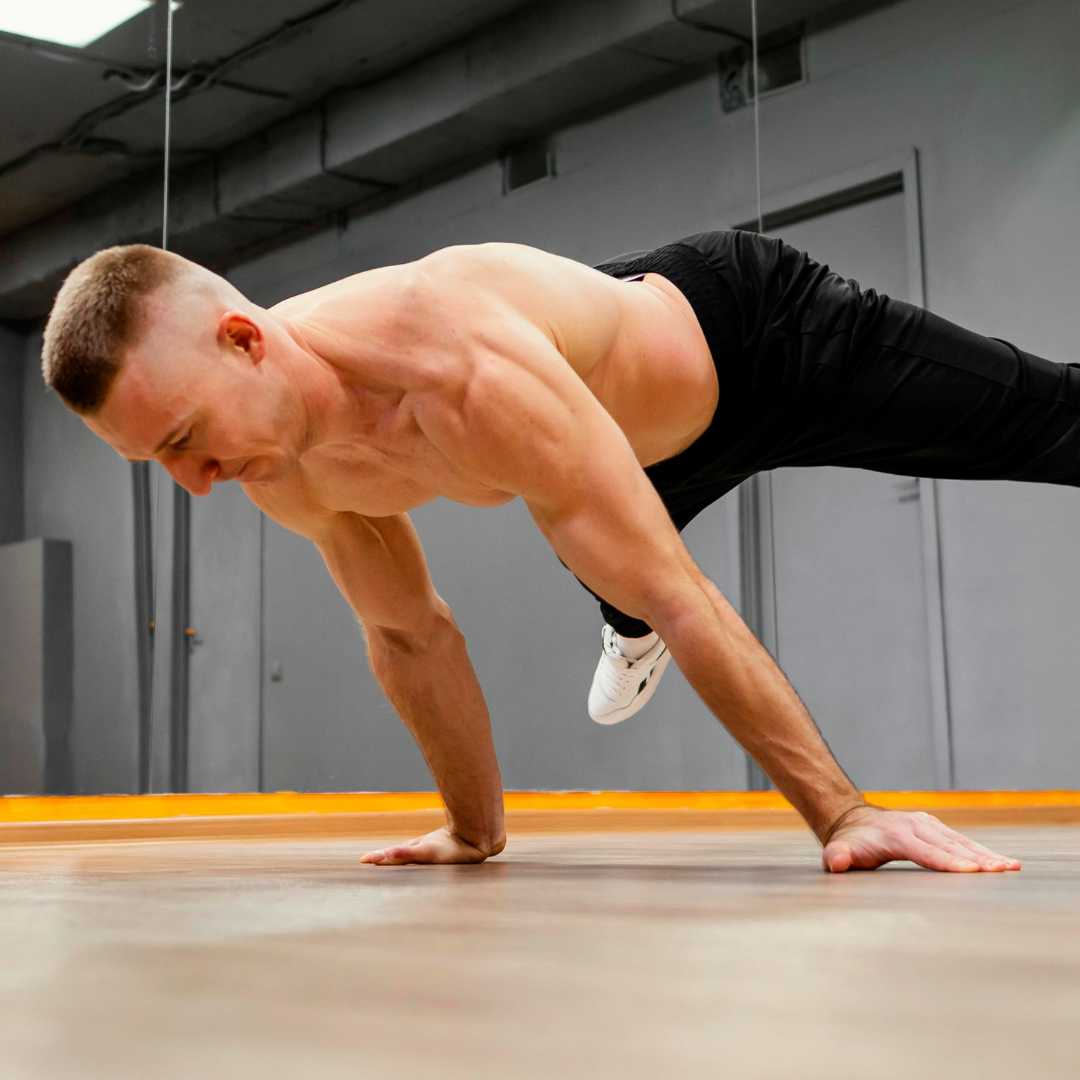
.png)
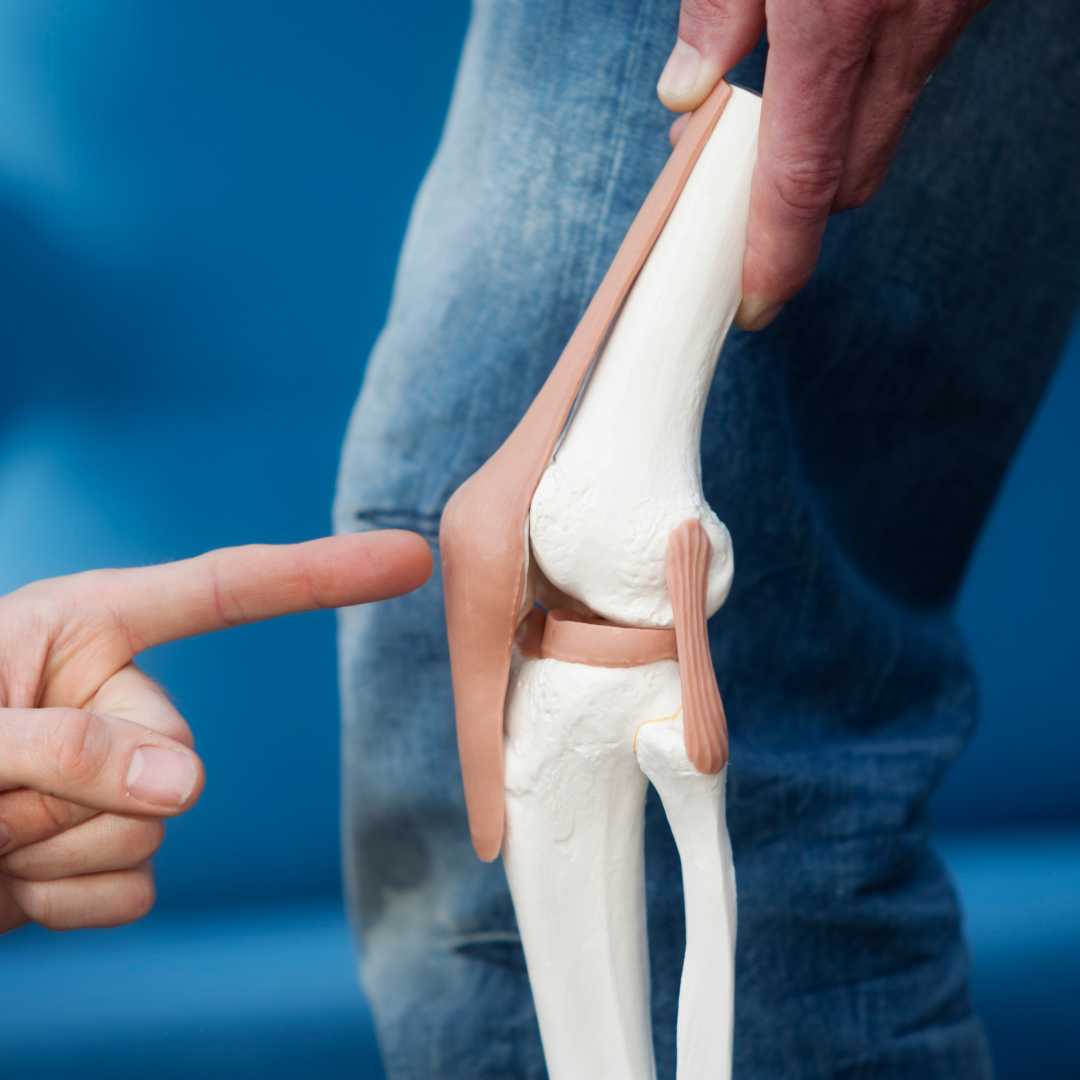



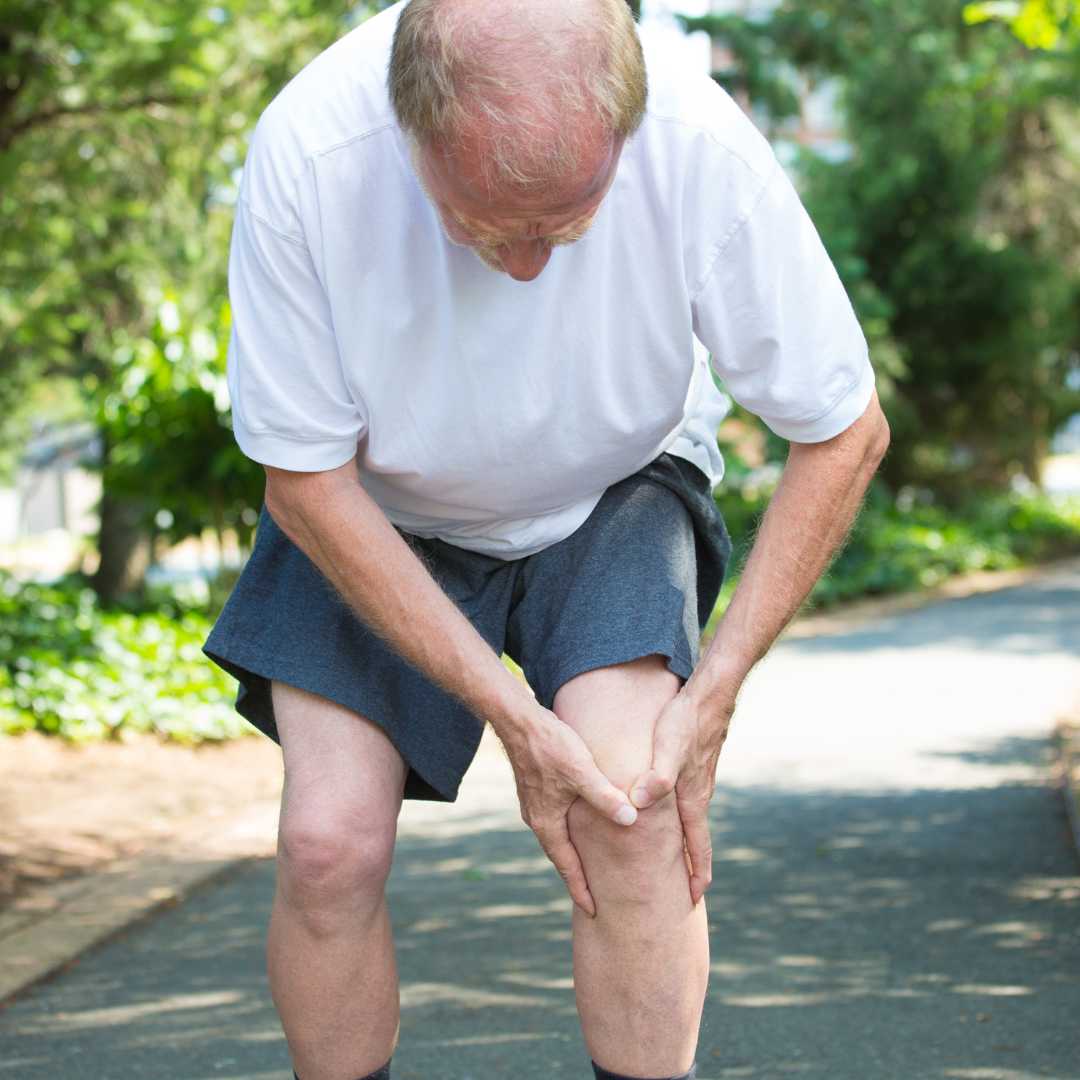

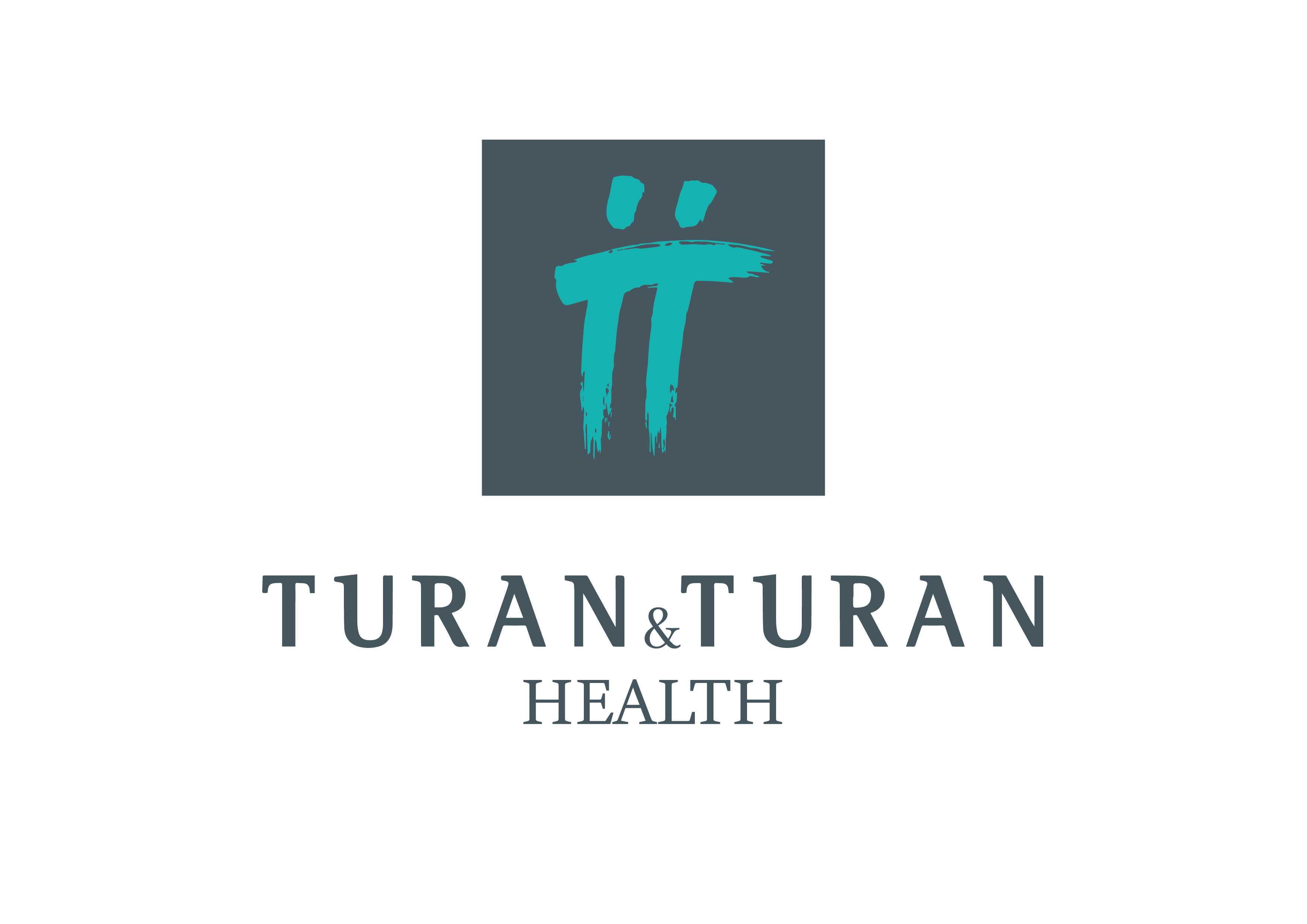
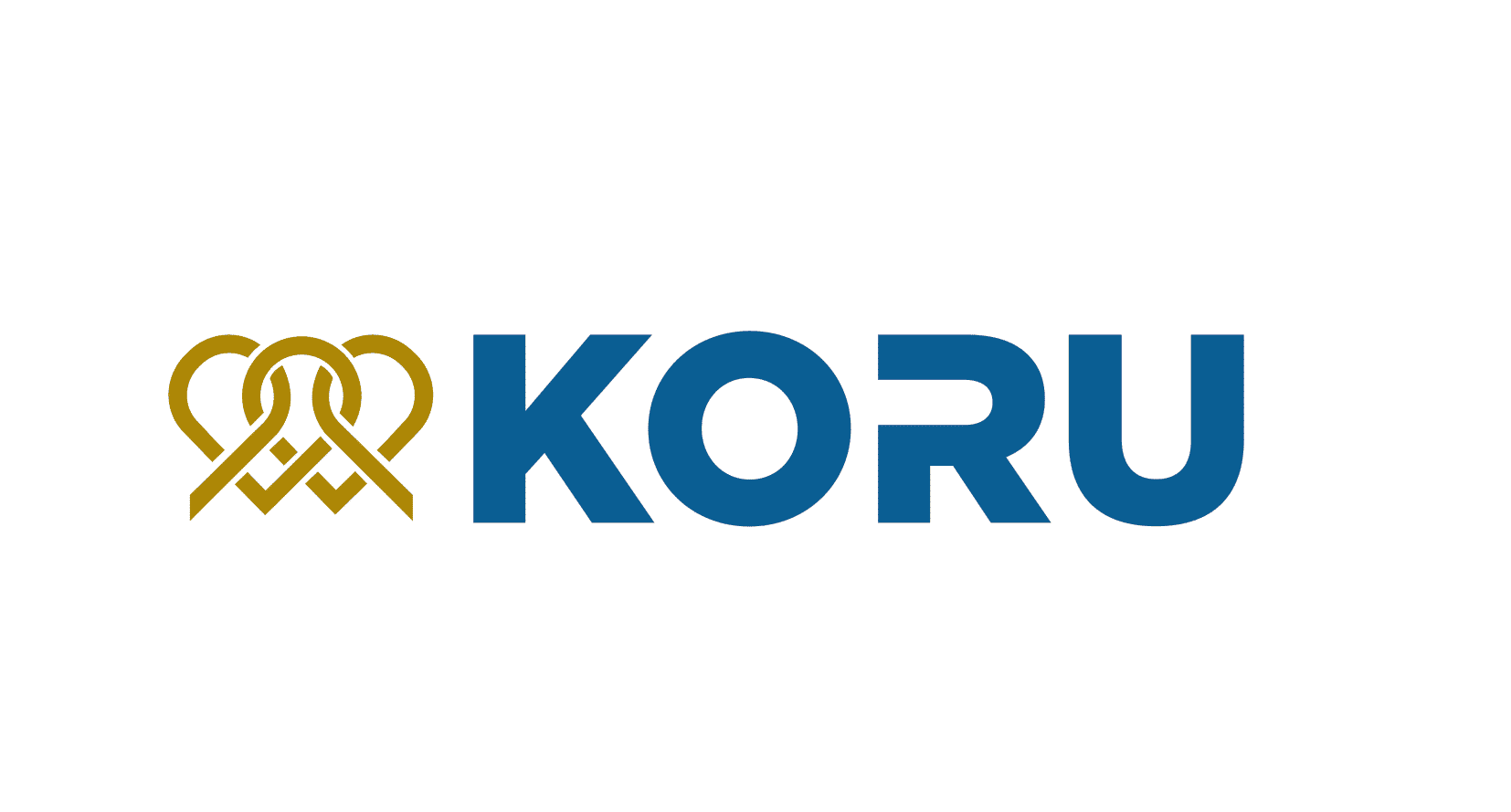



Share this listing